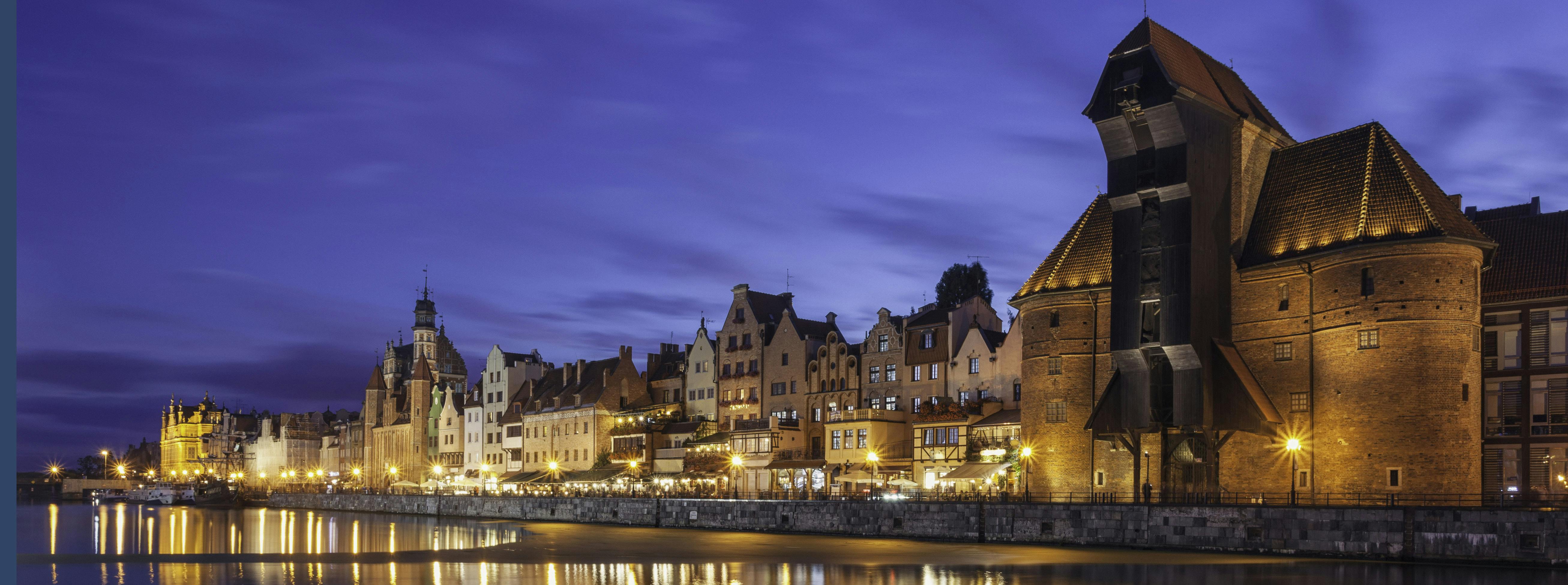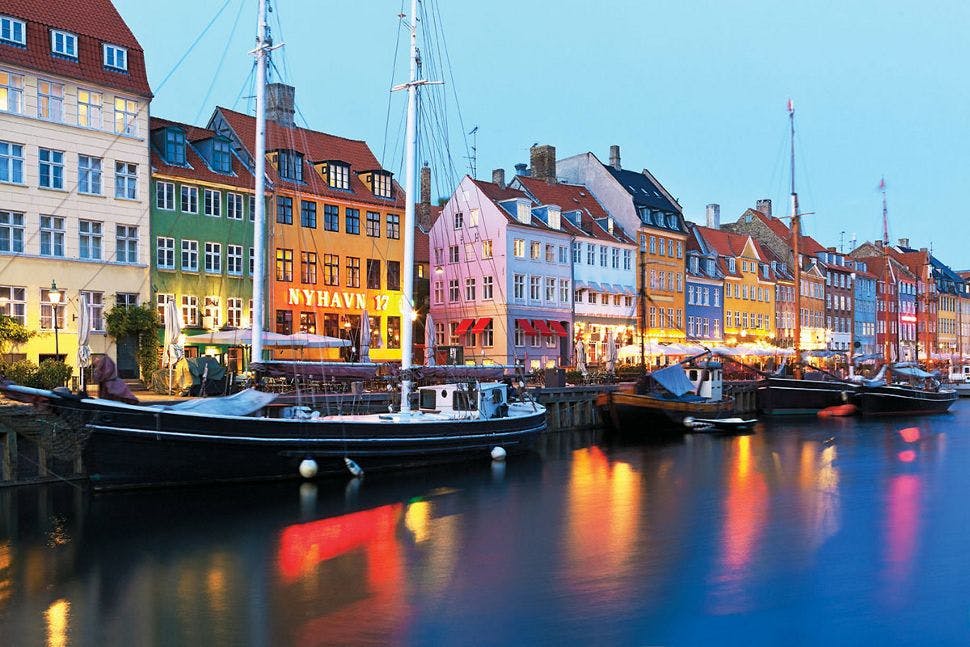Gdansk, Poland, Is a Fairy-Tale Town with a Heart of Steel
Amber, beauty, history and a famous gold-flecked liqueur: Gdansk, Poland, was the biggest surprise of my Baltic cruise.
Packed with Baroque, Dutch Renaissance and Gothic buildings with gabled roofs and ornate facades in a riot of colors, Gdansk is home to:
––One of the richest cities in the Hanseatic League, a network of merchant cities (including Riga, Latvia, and Tallinn, Estonia) that dominated Northern Europe from the 13th to 15th centuries.
––Where World War II began and the place where Poland’s democracy movement was born.
––The world capital of amber, the “Gold of the North.”
––The city’s signature drink, an herbal liqueur flecked with gold flakes called Danziger Goldwasser. It was first produced in 1598 in the city once known as Danzig when alchemy – the art of transforming lead into gold – was all the rage and became a favorite such royals as Louis XIV and Catherine the Great. The beverage presaged Gdansk’s own astounding alchemy: its painstaking post-World War II reconstruction from photographs.
“The Gdansk city center was 90 percent destroyed, but after the war, artists, architects and engineers from various cities in Poland, including Kraków, Warsaw and Poznan, and renowned sculptors and painters played a pivotal role in reconstructing Gdansk, one of the first cities to be rebuilt,” says Bartosz Szada, a Gdansk native who is Director of the Polish National Tourist Office in North America.
“The massive reconstruction also received support from young artists from other cities, like Lviv, Ukraine, and Vilnius, Lithuania, both under Polish jurisdiction before the war.”
A fraught history
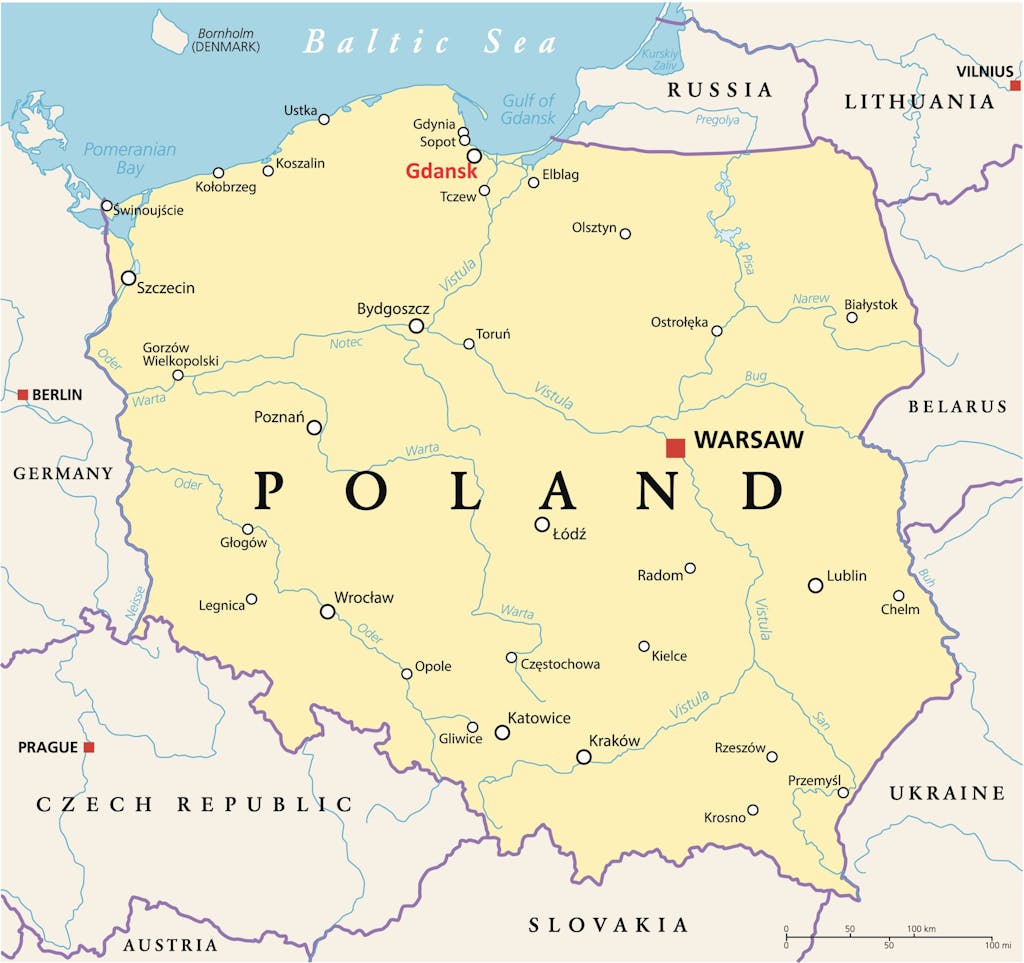
Gdansk was in the Polish-Lithuanian Commonwealth founded in 1359 by the kings of Urkaien and Lithuania, but it became part of Prussia in 1807 after the partition of Poland. Stripped from Germany’s control after World War I, it became the Free City of Danzig, a city-state with a majority-German population but administered by Poland.
This enraged Adolf Hitler, who made seizing Danzig a goal in his invasion of Poland. The first shots of World War II were fired from a German battleship in Gdansk on Sept. 1, 1939. The invasion of the German army and air force into northern and southern Poland followed.
Gdansk is also home to the shipyards where Lech Walesa started the trade union strike that evolved into the Solidarity movement that toppled Poland’s Communist regime.
Of kings and coats of arms

As I walked Ulica Dluga, the main street of Gdansk, I was reminded of Amsterdam and Germany’s most beautiful cities. I stopped at Cukierna Sowa, a sidewalk café, and drank a hot chocolate so rich it tasted like a chocolate bar melted in the cup.
I admired the Golden House, an ornate white 17th-century townhouse built for a mayor of Gdansk. The gold-embellished façade displays carved battle scenes, busts of Poland’s kings and coats of arms, and four statues top the roof.
Neptune’s Fountain, a 17th-century bronze statue of the Roman god of the sea, stands in front of Golden House on Dlugi Targ, the former market square. Local legend says Neptune was responsible for creating Goldwasser. Furious that people were tossing coins into his fountain, Neptune struck his trident into the water, shattering the gold coins into tiny flakes. Artus Court, a 15th-century merchants’ meeting place and later the grain exchange, stands in front of the fountain.
The Dlugi Targ, part of the Royal Route, leads from the Golden Gate, a 17th-century Dutch Renaissance arch whose statues represent freedom, peace, justice and wealth, to Green Gate, a 16th-century four-arched gatehouse on the River Motlawa. The Green Gate, also in Dutch Renaissance style – light-brown with a reddish-orange roof and green-mullioned windows – resembles Amsterdam’s Central Station.
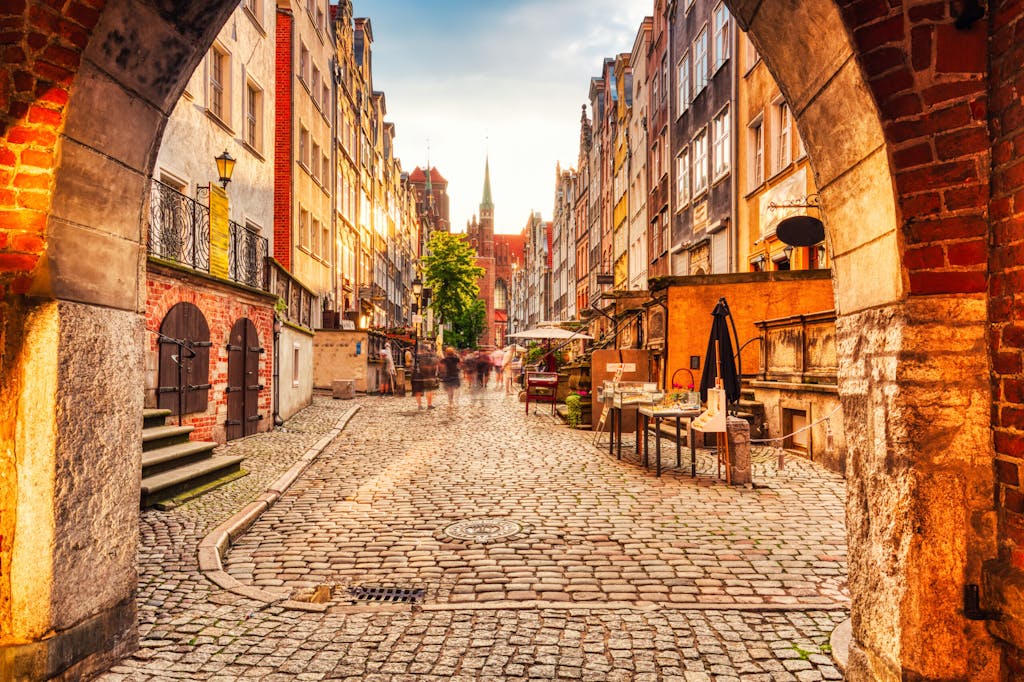
In a city filled with charming streets, I find what I consider the most enchanting: Mariacka Street, a cobblestone lane lined with carved stone porches, the remains of 600 or so that remain and run from the riverfront to St. Mary’s Church. You’ll also find amber shops, cafes and bars.
Sacred stone, sisters’ tears
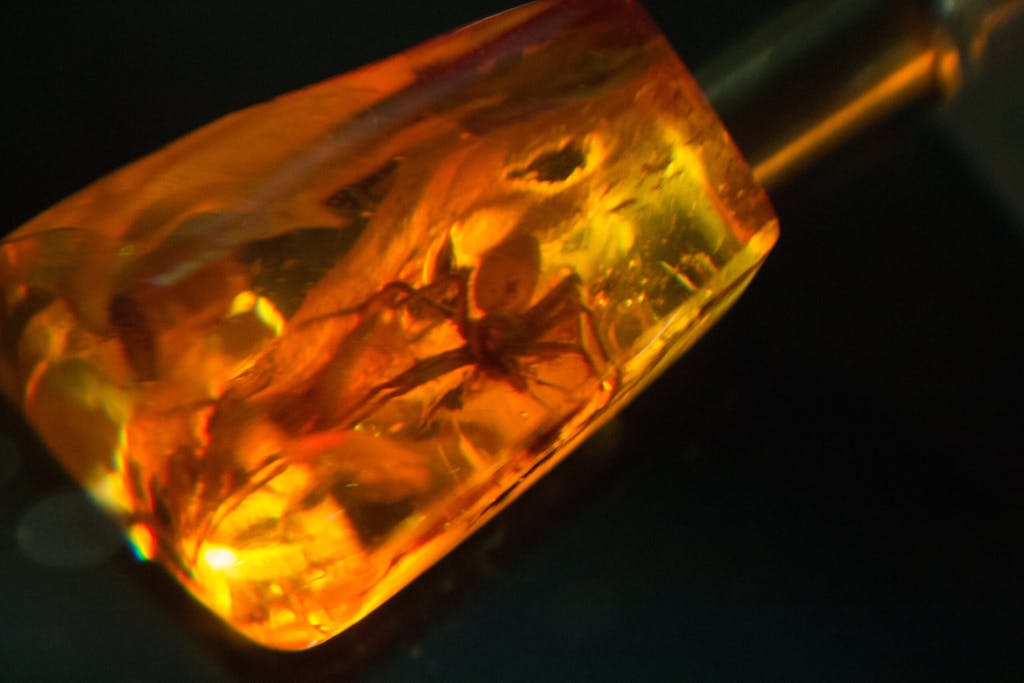
Learning about amber was a revelation. This is fossilized tree resin, highly prized by ancient Greeks, Romans, Vikings and Etruscans. In Greek myth, amber was the tears of the Heliades, sisters who mourned their brother Phateton after Zeus killed him. To the Vikings, it was a sacred stone. To the Slavs, it represented the sun.
Honey-orange is the most common color, but you’ll find amber in all shades of yellow, red, brown and even white.
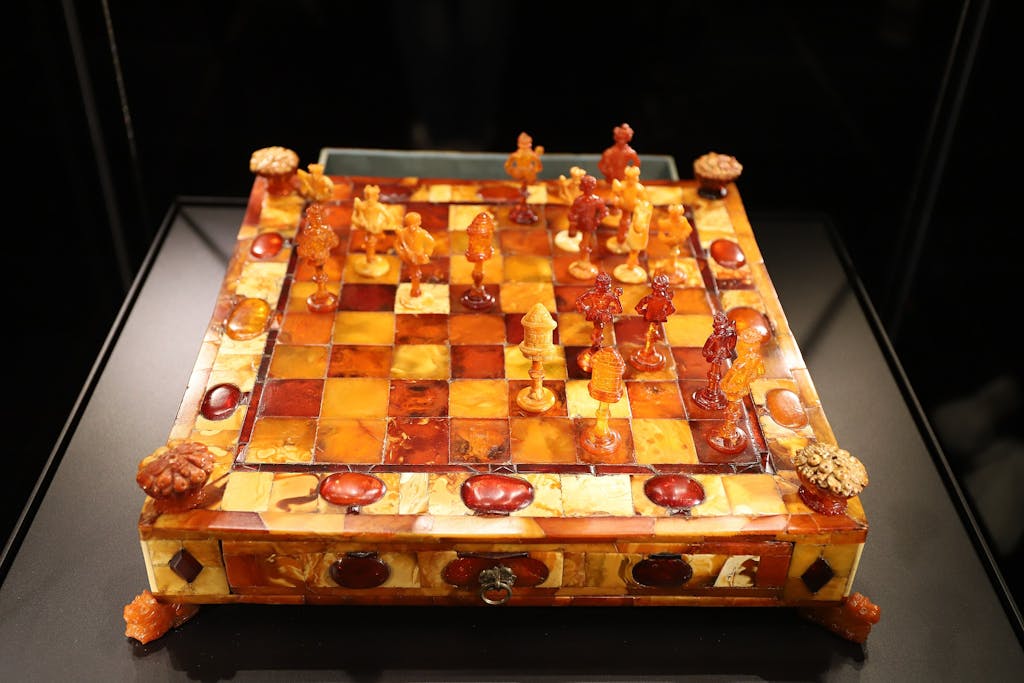
Gdansk’s Museum of Amber exhibits fascinating history (Amber mining began in the 19th century), science displays and more than 25,000 amber artifacts as varied as jewelry, cabinets, utensils and artworks by Carl Fabergé (famed for his ornate eggs created for Russian czars) and Salvador Dalí. (The world’s largest deposit of amber, more than 40 million years old, is just east of Gdansk, and chunks of amber often wash up on sandy beaches.)
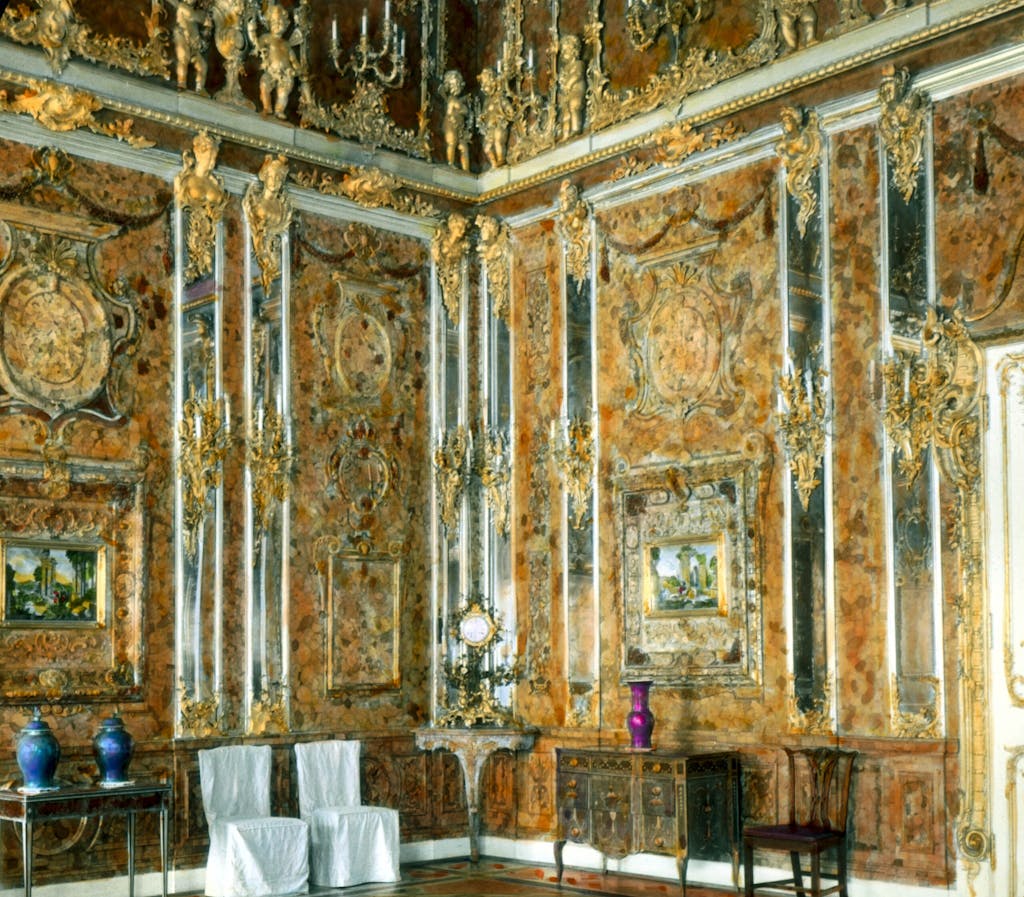
A replica of the legendary “Amber Room,” a magnificent place reportedly decorated with 6 tons of amber, stands in the museum. The original Amber Room, built for the King of Prussia, who gifted it to Peter the Great, was dismantled and stolen by the Nazis during World War II. It vanished and its disappearance is considered one of the biggest mysteries of World War II.
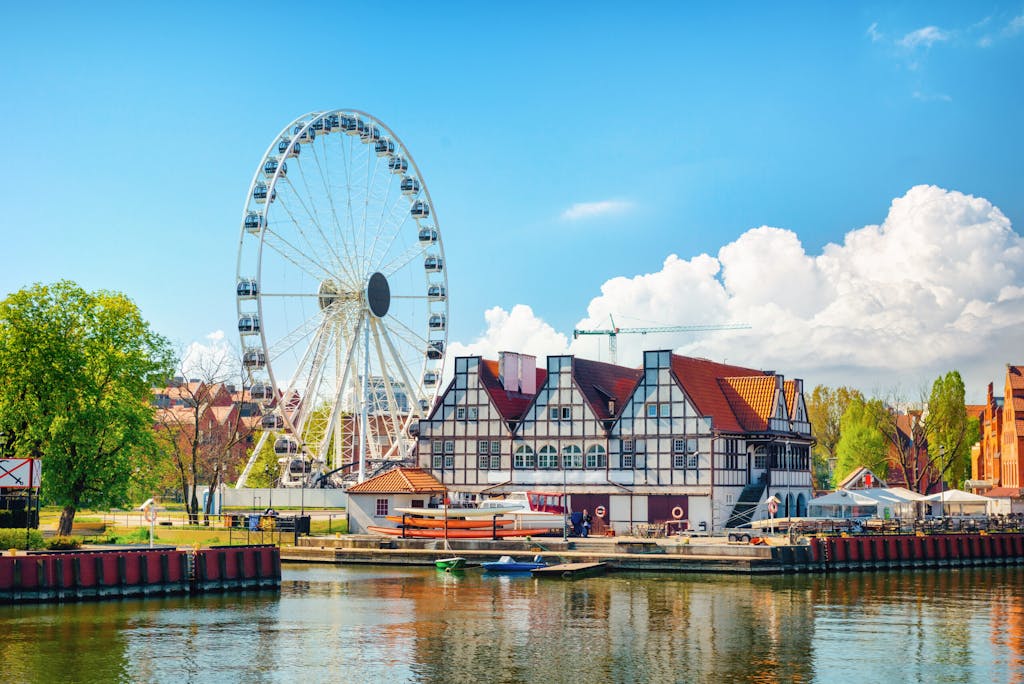
People use amber in folk medicine to help with headaches and the flu, including the Kashubians, a Slavic group in Pomerania, the province that’s home to Gdansk is. Amber is such a part of Gdansk’s identity that an observation Ferris Wheel on Granary Island is named AmberSky, and the football stadium is amber-colored.
I watched how amber was sanded and polished in a demo in an amber shop, where I also learned how to spot fakes. “Real amber floats on saltwater and burns like a candle,” I heard (and immediately filed in the mental category I call “Unhelpful Information” because I never shop with a cigarette lighter and cup of water).
War and peace
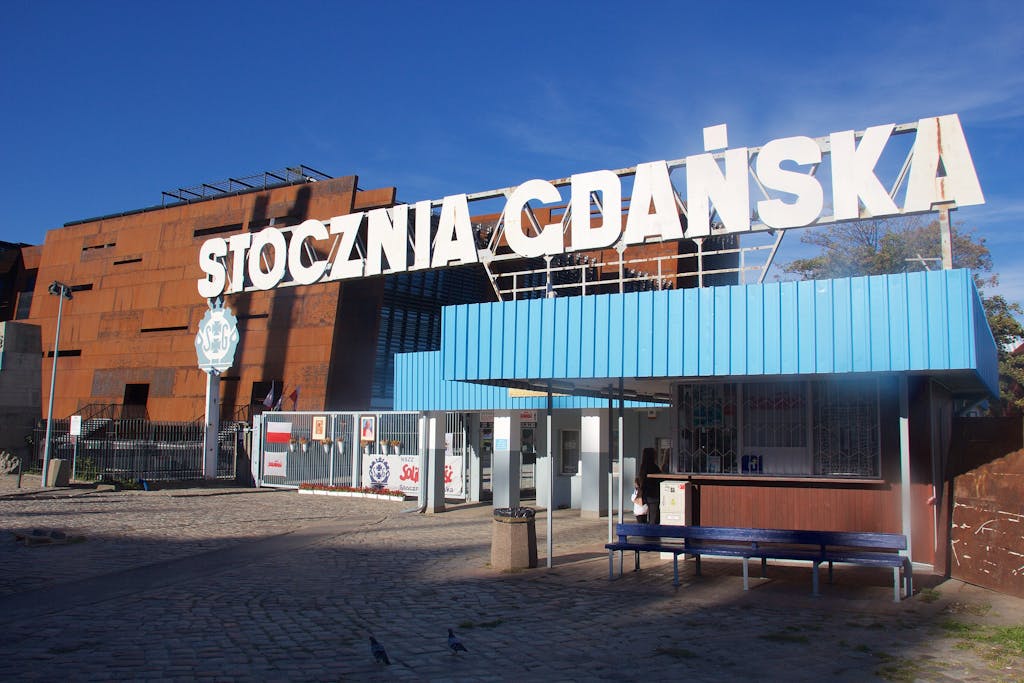
Gdansk’s Museum of the Second World War offers excellent exhibits on the causes of the war, the war experience, particularly in Poland, and the after-effects of the war. But the city’s best-known museum is the European Solidarity Centre.
“This museum is dedicated to the Solidarity movement, which played a key role in bringing down communism in Eastern Europe,” says Szajda, the director of North America’s Polish National Tourist Office. The movement, which began 1980, led to the first labor unions in Poland and, eventually, to free elections.
“Visitors can learn about the stories of courage and resilience that defined the Polish struggle for independence,” he says, “through life-size replicas, original artifacts and multimedia presentations, an immersive experience that vividly portrays the dramatic events of the 1980s.”
Lech Wałęsa, who worked as a shipyard electrician at Lenin Shipyard in Gdansk, became the leader of the rebellion against communist rule. He was awarded the Nobel Prize in 1983 and was elected president of Poland in 1990.
The award-winning museum, whose rusted steel façade evokes ships under construction, is next to the Monument to the Fallen Shipyard Workers, which honors more than 40 workers killed in 1970 riots that began over the sudden price increases in food and other necessities.
Gdansk, then and now, remains an eye-opening experience.



